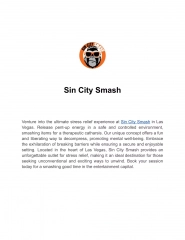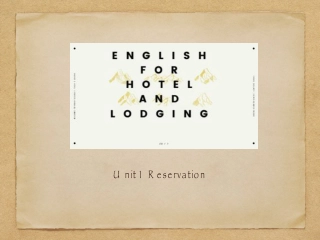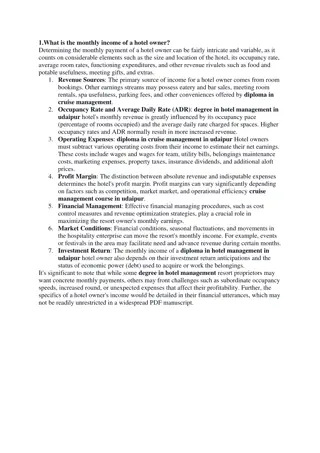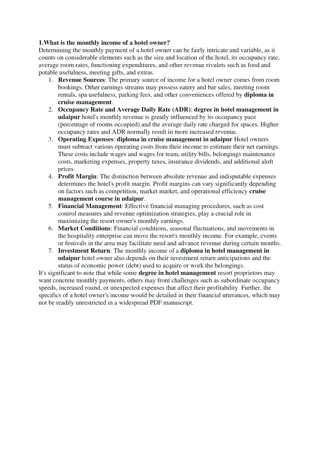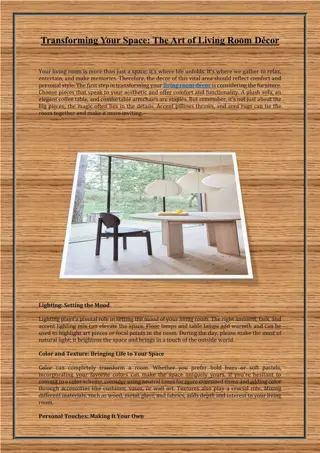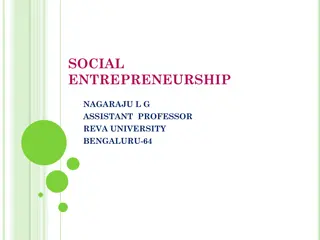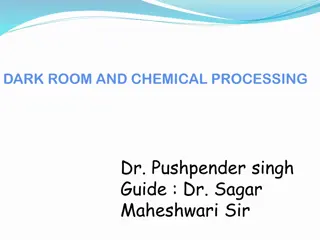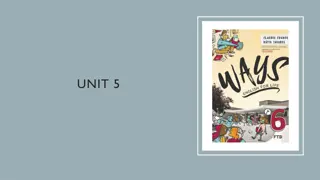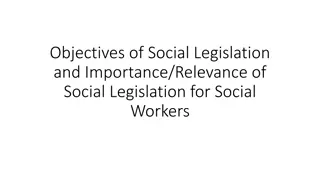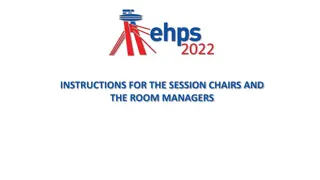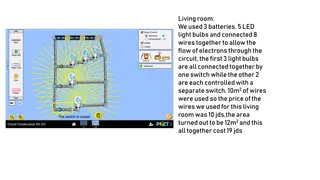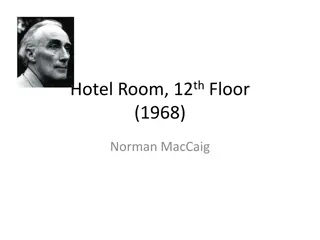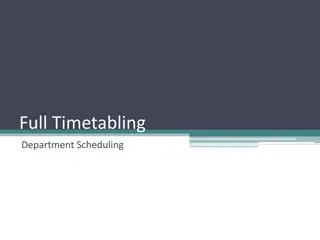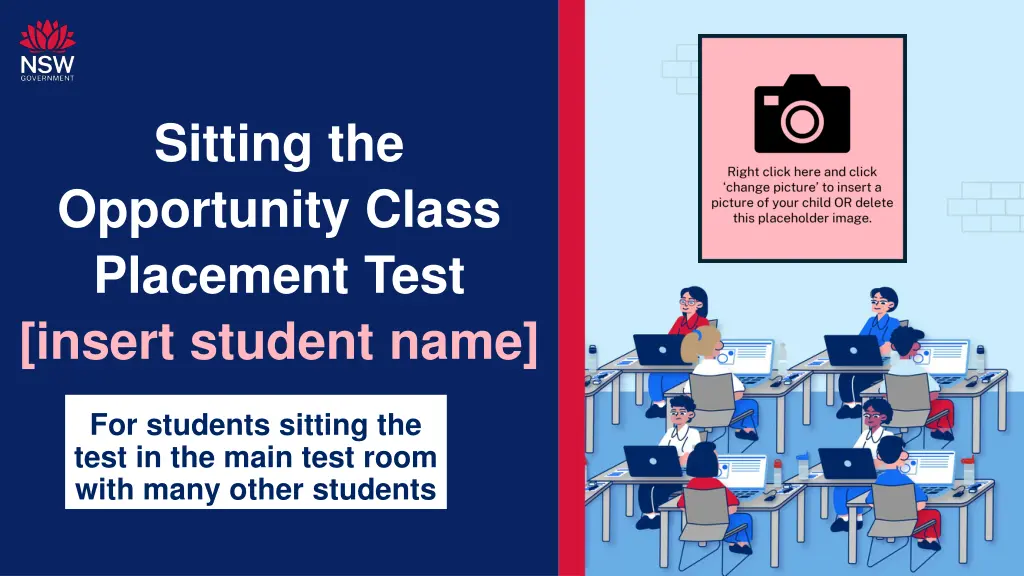
Preparing for the Opportunity Class Placement Test
Get ready for the Opportunity Class Placement Test by learning what to expect, how to prepare, and what to bring on the test day. Find out how to use this social story to help students feel more comfortable and confident as they approach the test.
Download Presentation

Please find below an Image/Link to download the presentation.
The content on the website is provided AS IS for your information and personal use only. It may not be sold, licensed, or shared on other websites without obtaining consent from the author. If you encounter any issues during the download, it is possible that the publisher has removed the file from their server.
You are allowed to download the files provided on this website for personal or commercial use, subject to the condition that they are used lawfully. All files are the property of their respective owners.
The content on the website is provided AS IS for your information and personal use only. It may not be sold, licensed, or shared on other websites without obtaining consent from the author.
E N D
Presentation Transcript
Sitting the Opportunity Class Placement Test [insert student name] For students sitting the test in the main test room with many other students
How to use This social story has been designed to help students learn about the Opportunity Class Placement Test so they know what to expect and can learn positive ways to respond on the day. As the test approaches, teachers, student learning support officers, parents or carers can: read through the slides and enter specific details and photos for your child/student where directed save this personalised version read through this personalised story with the student. As you read, you can stop to discuss different elements of the test and share other positive ways to respond to challenging situations. You may like to read the whole story in one sitting or read different sections in different sittings. It may be helpful to revisit this social story regularly as the test day approaches until the student feels at ease with what is likely to happen and what they will need to do. We hope this story can make students feel more comfortable, confident and safe before the test and on test day.
I am going to sit the Opportunity Class Placement Test on [enter date of test]. My parents or carers were sent a test admission ticket. The test admission ticket tells them where I will do the test at [enter location] and that I should arrive at [enter time]. [insert name/s] will print this ticket for me so I can take it to the test.
I can use the online Student resource hub before the test to: find more information about what the test is like find out how I can prepare for the test do some practice tests.
The night before the test, I will pack my bag with: my test admission ticket 2 lead pencils a sharpener an eraser a clear water bottle. I also have approval to take [enter any approved items if applicable or delete this sentence if there are none] to the test to help me focus and do my best. These things will be written on my test admission ticket. I will take my [enter any specific medications or items such as inhalers or EpiPen or delete this sentence if there are none]. I can t take a calculator, dictionary or smartwatch into the test.
On the morning of the test day, I will eat breakfast to give me energy and help me do my best. I have to wear my school uniform.
When I get to the test centre
When we arrive at the test centre, there will be adults in brightly coloured vests. They are the test supervisors. They are called invigilators. There will be lots of other students from other schools at the test centre. I probably won t know these other students. I can ask the invigilators questions about anything I am unsure about and they will help me. [insert names of any known support people or delete this sentence if none] will meet me there to help.
I will be doing the test in a big room with lots of other students. The invigilators will show me where to put my bag. Then they will take me to my desk which will have a computer on it.
I have to put all the things I brought onto my desk. This includes my test admission ticket, pencils, eraser, sharpener and water bottle. I will be given blank paper in case I want to do some working out. [describe any other approved reasonable adjustments listed on the test admission ticket]
Doing a test in a new place with people I dont know might make me feel nervous. If I am feeling worried at any time, I can take deep breaths or count to 10 to stay calm. [describe any other coping strategies that the student knows and may regularly use or delete if there are none] I can also put my hand up and an invigilator will come and talk to me.
There are lots of questions and they can be hard. I may not know how to work out all the answers. I may run out of time. But that is okay. If I am running out of time, I will put in my best guess for questions I haven t answered.
I need to listen when the test supervisor speaks so I know what to do. When the test starts, I will enter all my answers on the computer. I will enter my answers by using the mouse or trackpad to click on them, like in NAPLAN. I can t talk to other students while I m doing the test. I have to keep my eyes on my own screen and desk. The room will be quiet so that everyone can do their best. I won t be able to talk to anyone while I m doing the test unless I raise my hand to talk to an invigilator.
There will be 3 sections of the test and time limits for each section: Reading 30 minutes Mathematical Reasoning 40 minutes Thinking Skills 30 minutes [change the timings above if they have been adjusted for the student and add any details about rest breaks the student may have access to]
There will be a countdown timer on the computer screen while I do the test. I can check it to see how much time I have left for each section of the test.
The first section of the test will be Reading. I will have 30 minutes to give 25 answers across 13 questions. Some of the questions will have multiple parts. I will read some texts and answer some questions about them.
Some of the questions will be multiple choice. For some, I will need to drag and drop answers in the right place and others might have drop-down menus.
When the Reading section has finished, I will have a short break. I can stretch and go to the toilet if I need to.
The second section of the test will be Mathematical Reasoning. I will have 40 minutes to answer 35 questions. The questions will be on different mathematical problems. All of the questions will be multiple choice.
When the Mathematical Reasoning section has finished, I will have another short break. I can stretch and go to the toilet again if I need to.
The last section of the test will be Thinking Skills. I will have 30 minutes to answer 30 questions. The questions will ask me to do some logical problem solving. All of the questions will be multiple choice.
It is important to answer all the questions and not leave any blank. If I spend too much time on one question, I might not be able to finish the test. So if a question is really hard, I can just put in my best guess and click the flag button. Then I can move on to the next question, which might be easier. If there is time at the end, I can come back to the flagged questions and try again.
The breaks are the best time to go to the toilet. I can go to the toilet during the test if I really have to, but the timer won t be stopped [edit this sentence if the student has approval for rest breaks or toilet breaks with the test time paused].
When the test finishes, the invigilators will take me and the other students out of the test centre. [enter name/s] will pick me up and take me [enter location student may go back to school or elsewhere].
On the way home, I can talk about how I felt doing the test. I must not talk to other students about the questions in my test.
I will have to wait until next term to see how I did in the test. For now, I can feel proud of myself for doing the test.

